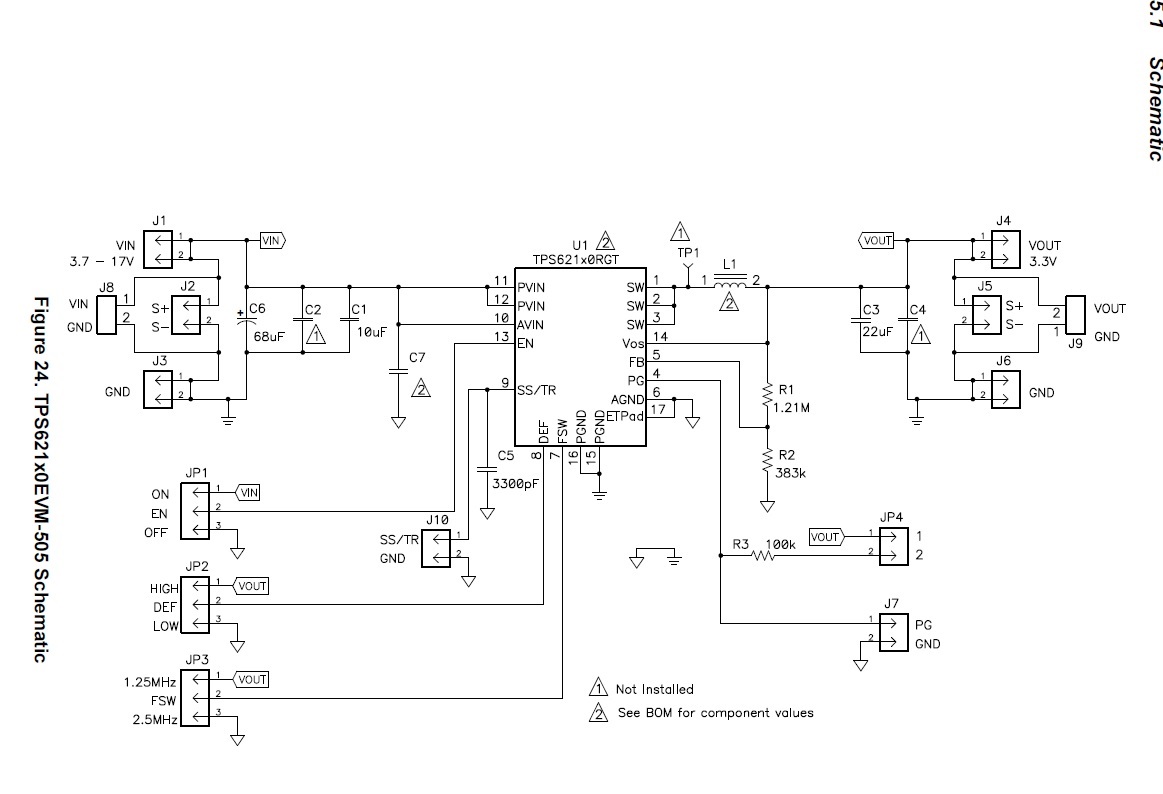Other Parts Discussed in Thread: TPS62130, TINA-TI
Hi TI team,
I'm using LMZ21701 in my design. For AC impedance decoupling analysis, ALL Power Integrity (PI) simulation softwares (ADS PiPro/Hyperlynx PI/ Power SI) are asking for the following two parameter values:
R_vrm = low output impedance value during active regulation
L_vrm = active inductance due to the feedback loop of the regulator which occurs for the frequencies beyond the active regulation range of the regulator.
These values can be extracted from a steady state model which is not provided in the website.
Hence, please provide these two parameter values so that I can feed these values in PI tool and proceed further.
If TI doesn't have these values, how does TI expect the regulator to be accurately modeled in all of PI simulators? Not only that, without such VRM model, the whole PDN impedance design becomes questionable. Hence, these two parameters hold very important place in PDN decoupling analysis.
Thanks,
Binayak




